When it comes to keeping your motorcycle in top-notch condition, a regular tune-up is essential.
A motorcycle tune-up involves a series of maintenance tasks that help optimize the performance and longevity of your bike.
In this review, we will delve into what a motorcycle tune-up entails, how often it should be done, the average cost involved, and the pros and cons of this essential maintenance routine.
What Is a Motorcycle Tune Up?
A motorcycle tune up refers to the process of inspecting, adjusting, and maintaining various components of the motorcycle to ensure optimal performance.
It involves a combination of tasks that target key areas such as the engine, ignition system, fuel system, and overall functionality of the bike.
What Motorcycle Tune Up Entails
During a motorcycle tune-up, several tasks are typically performed. These include:
1. Inspection and cleaning of spark plugs
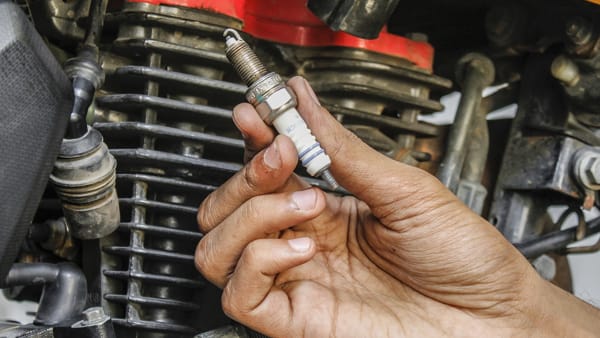
Spark plugs play a crucial role in the combustion process, and cleaning or replacing them ensures efficient fuel ignition.
2. Carburetor tuning
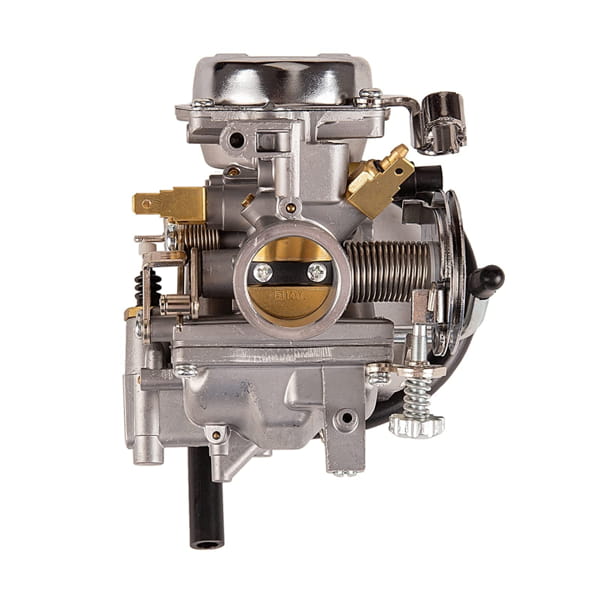
The carburetor regulates the fuel and air mixture entering the engine. Tuning it optimizes fuel efficiency and performance.
3. Valve adjustment
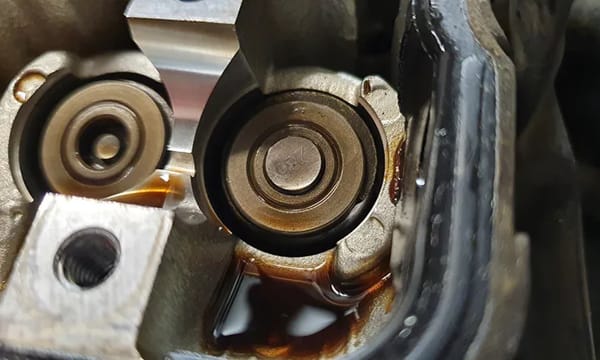
Ensuring proper valve clearance promotes smooth engine operation and extends the engine’s lifespan.
4. Air filter replacement
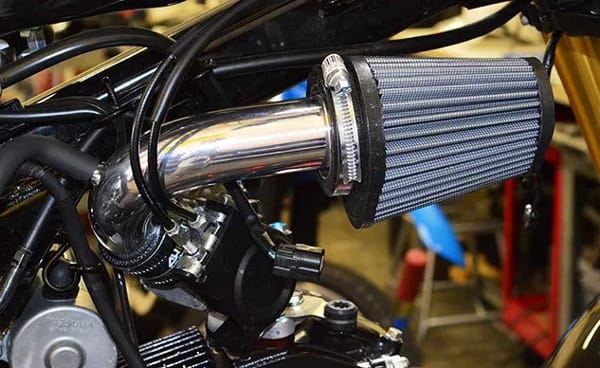
A clean air filter allows sufficient airflow, preventing engine damage and enhancing performance.
5. Lubrication
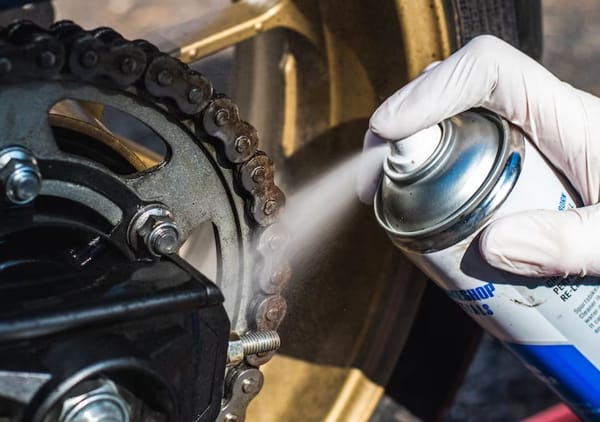
Applying fresh lubricants to key components, such as the chain, helps reduce friction and wear.
6. Electrical system check
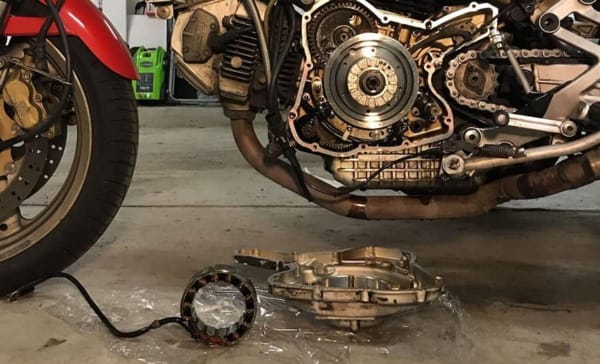
Inspecting the battery, wiring, and other electrical components ensures proper functionality and reliability.
How Often Should You Tune Up Your Motorcycle?
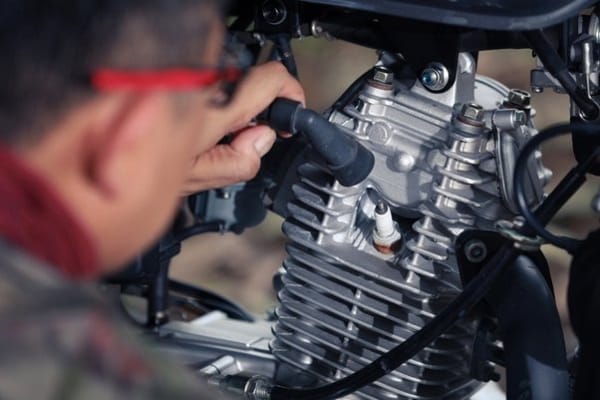
The frequency of motorcycle tune-ups depends on several factors, including the bike’s make and model, age, and usage.
As a general guideline, it is recommended to have a tune-up performed every 3,000 to 6,000 miles (4,800 to 9,600 kilometers) or once a year, whichever comes first.
However, if you frequently ride in harsh conditions or notice any performance issues, it is advisable to schedule a tune-up sooner.
How Much Does an Average Motorcycle Tune Up Cost?
The cost of a motorcycle tune-up varies depending on the shop, location, and the specific tasks performed. On average, a basic tune-up can cost between ₱5,560 and ₱16,180.
However, more extensive tune-ups, such as a major tune-up that includes valve adjustment and carburetor tuning, can range from ₱16,180 to ₱44,476 or more.
It is essential to consult with a reputable mechanic or service center to get an accurate estimate based on your motorcycle’s requirements.
Pros and Cons of Motorcycle Tune Up
| Pros | Cons |
|---|---|
| Improved performance | Costly, especially for major tune-ups |
| Enhanced fuel efficiency | Time-consuming process |
| Extended engine life | Dependence on professional expertise |
FAQ
What Does a Motorcycle Tune Up Include?
A motorcycle tune-up typically includes tasks such as spark plug inspection, carburetor tuning, valve adjustment, air filter replacement, lubrication, electrical system check, fluid check and change, brake inspection and adjustment, tire inspection and pressure check, and a general inspection of the bike’s overall condition.
How Do I Know If My Motorcycle Needs a Tune Up?
Signs your motorcycle needs a tune-up:
Decreased performance, starting issues.
Rough idling, poor fuel efficiency.
Unusual noises, vibrations, handling problems.
Reaching scheduled maintenance milestones.
Get a tune-up or consult a mechanic if you notice these signs.
How Do You Tune Up a Motorcycle?
To tune up a motorcycle:
– Replace spark plugs.
– Clean or tune the carburetor.
– Adjust valves.
– Replace air filter.
– Lubricate moving parts.
– Check electrical system.
– Change fluids.
– Inspect and adjust brakes.
– Check tires.
– Conduct a general inspection.
– Refer to the owner’s manual or seek professional help for detailed instructions.
Originally posted 2023-06-24 00:40:00.
